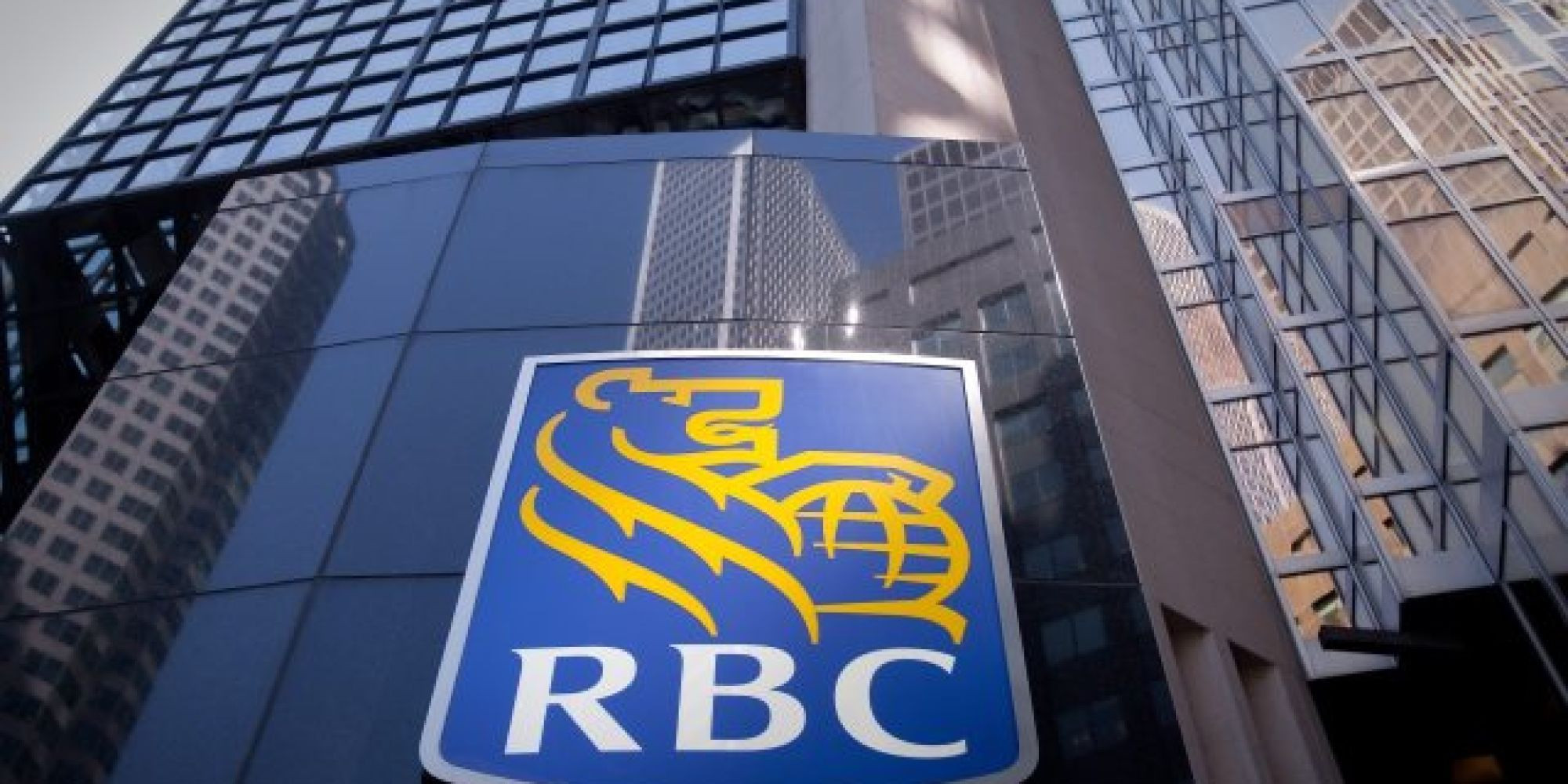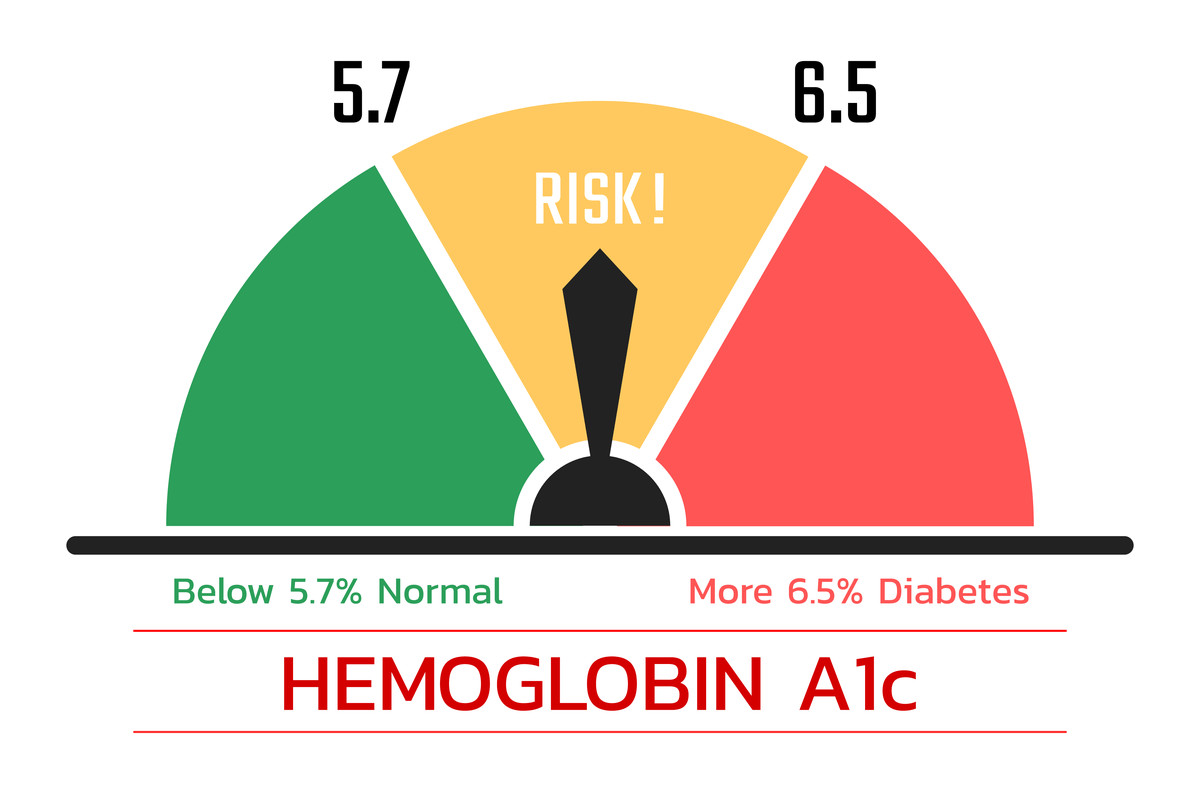To say Canada’s mortgage market is cutthroat is an understatement. During a conference call yesterday, Dave McKay, chief executive of Royal Bank of Canada (RBC) — the country’s biggest mortgage lender — confessed that RBC is battling through what he called “historic” and “intense competition.”
In fact, RBC’s mortgage business is earning just a third of what it used to earn, he explained. “Our mortgage business is seeing low interest margins driven by a volatile cost of funds and competitive pricing pressures,” the company added in an emailed statement today. “We believe these trends are impacting the entire industry.”
And RBC is right. They are.
In an urgent bid to preserve market share amid elevated interest rates, high debt loads and feeble real estate activity, banks are pulling out all the stops. Seemingly, every mortgage broker I talk to recounts tales of customers being quoted astonishingly low rates by their bank.
Yet, you wouldn’t guess there’s a rate war based on what’s being advertised. For example, if you survey every national lender at the moment, the average conventional published rate on a three-year fixed mortgage is 5.58 per cent. That’s a cringeworthy deal compared to the best nationally-advertised offer on an uninsured three-year: 4.84 per cent from Pine Mortgage.
Picture an unsuspecting first-time buyer trusting their lender and signing up for an inflated rate like 5.58 per cent. With the average first-timer getting a $410,000 mortgage, according to Equifax Canada, that blunder would cost them $8,834 over 36 months.
More than ever, this screams the need for comparison shopping. But while you’re out there rate hunting, beware of wolf deals in sheep’s clothing. Some “special offers” are bare-bones mortgages that trap you without porting or refinancing options.
That may not sound like a big deal, but a broker I work with recently shared a cautionary tale that resonated. One of his customers was offered a “value” mortgage at renewal by his bank. The borrower simply took the deal because he didn’t have to re-apply, and the rate was a little lower than what he saw online.
Fast forward two years, and the guy needed to refinance early. The catch? The “value” mortgage he agreed to didn’t allow refinances without a heavy penalty.
The kicker was, he could’ve chosen a slightly pricier option from the same lender that permitted penalty-free refinances. In the end, he saved $2,100 on interest over two years, only to be slammed with a $23,000 penalty. Ouch.
Borrowers typically save more by choosing mortgages with flexible contracts than those with small upfront rate advantages. Here’s a golden rule: if you’re eyeballing two rates and one’s tied to hefty prepayment fees, tight portability or refinance restrictions, avoid it like a telemarketer if the saving is less than 10 to 15 basis points.
The only time to consider the less flexible option is if you’re absolutely sure your financial needs won’t change throughout the entire mortgage term. And I can tell you that in the 17 years I’ve been doing this, the majority of people who say they won’t change their mortgage before maturity, do. Surprises happen, whether they be an unexpected need for funds for debt consolidation, investment purposes, education or emergencies, or an unexpected relocation, job loss, split-up or illness.
No lender wins a gold medal for the best overall deal across all terms. Sniffing out the lowest borrowing cost takes legwork: researching online, consulting a broker or two, and verifying terms directly with your shortlist lenders.
As a general statement, brokers currently dominate in the default-insured rate market. But banks have hijacked their picnic in the uninsured space, particularly for three-year terms that the majority of borrowers clamour for, and especially on renewals.
In the old days, lenders practically made a sport of blindsiding borrowers with high rates at renewal, betting they were too uninformed, comfy with their bank, or couch-locked to switch lenders. Those days are gone. Most banks are fiercely aggressive with customer retention unless they think you can’t qualify elsewhere. Wave a better offer from another lender and watch them spring into action. They simply can’t afford to lose existing customers in a low-volume market.
All this competition may not make bank shareholders happy, but it’s sure working in consumers’ favour.
Navigating the Mortgage Market
Here are some key takeaways for Canadian homebuyers in this competitive mortgage market:
- Compare rates and terms carefully: Don’t rely solely on advertised rates. Research online, consult brokers, and compare terms directly with lenders to find the best overall deal.
- Beware of restrictive “special offers”: Low rates often come with limitations like restrictions on portability or refinancing. Ensure the terms are flexible enough to accommodate potential future changes in your financial situation.
- Prioritize flexibility over small upfront savings: Choose a mortgage with flexible features, even if it means a slightly higher initial rate. This flexibility can save you significant costs in the long run if your circumstances change.
- Be prepared to negotiate: Banks are more receptive to negotiating rates and terms now, especially if you have a competitive offer from another lender. Don’t be afraid to leverage your options.
With careful research and negotiation, Canadian homebuyers can navigate this competitive market and secure a mortgage that fits their individual needs and financial situation. This intense competition may be a headache for banks, but it’s a welcome change for borrowers.


















